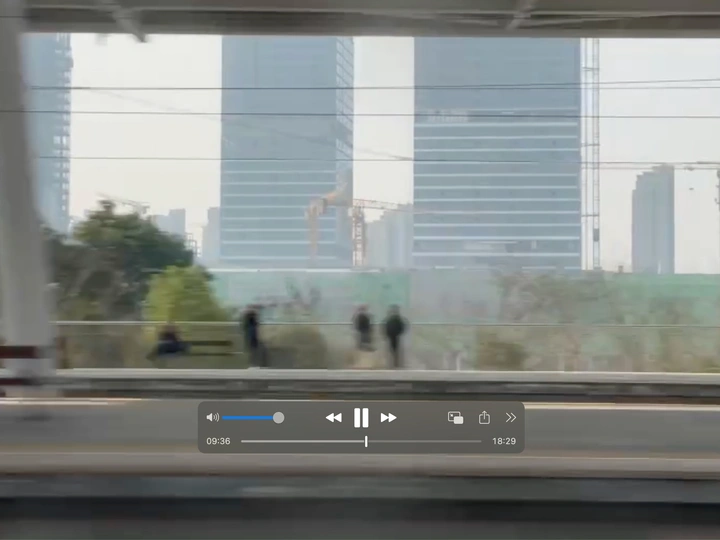Discourse along Capital Flows and Consulting Firms

Alina is a trained visual artist and architect who seeks refuge in research and feels home in the world of books. Her academic and artistic practice is grounded in interdisciplinary inquiry and critical thought across spatial, cultural, and political domains. Her first publication, a textual assemblage, is a poststructuralist-feminist exploration of subjectivity titled „The Arbitrary Space: Spatial Articulation of the Poststructuralist-Feminist Subject, Constituted Through Body and Language.“ Grounded in a critical re-reading of Hélène Cixous’s The Laugh of the Medusa, the publication considers the body as integral to the constitution of the subject, therefore subjectivity. Influenced by poststructuralist thinkers, it employs spatial metaphors to articulate subjectivity as an ongoing process of becoming, one that ultimately manifests in material form as arbitrary space.
Alina studied architecture in Vienna and Zurich, as well as fine arts at the Academy of Fine Arts Vienna, in a studio dedicated to sculpture and installation. These parallel academic paths have allowed her to develop a research-based understanding and practice of space, form, and cultural production.
In addition to her work as a practicing architect, Alina is an author and critic in the fields of art and architecture. Her approach is deeply referential and contextually expansive, shaped by the poststructuralist-feminist methodology she has cultivated as a cultural and intellectual practice, that draws from literature, philosophy, and theory, and is her ongoing process of becoming.
The built environment is increasingly shaped by logics that are no longer part of, nor result from, democratic negotiation processes. Instead, they follow superior profit interests of investor groups. These investors are advised by consulting firms that use ratings KPIs to predict the economic profitability of an investment, also in terms of ecological and social sustainability. Architecture is thus "financialised," in terms of Ève Chapiello, and positioned on the market as an asset class. Profit oriented and standardized ratings inform form, while democratic negotiation and cultural debate recede into the background. Thus, built environment may perform well as an investment on the stock market but remains apparently excluded from the cultural discourse. This research adopts an interdisciplinary approach combining geopolitics, philosophy, and artistic documentation to trace the discrepancy between spatial production as asset class, and its nonrepresentation in architectural discourse. It aims to understand rating architecture as an emergent phenomenon and parallel to that, to approach discourse as a medium of visibility and global representation. Drawing from Keller Easterling, discourse is understood as a "medium" to be designed, or subverted by its own means, in order to introduce architectures beyond Eurocentric architectural canon into the field of geopolitical relevance, thereby enhancing the visibility of their inhabiting subjects. In a filmic documentary as assemblage, diverse scenographic emblems of rating architecture will be encountered, filmed by a global network of friends and others. As per Rem Koolhaas "Generic City," these videos will be captured in generic aesthetics, employing blurriness and veiling to dissolve specificity and differentiation. Through this equilibrium of indistinction, discursive authority is rendered obsolete. The discourse will be re-designed, and subjectivity will be visible.